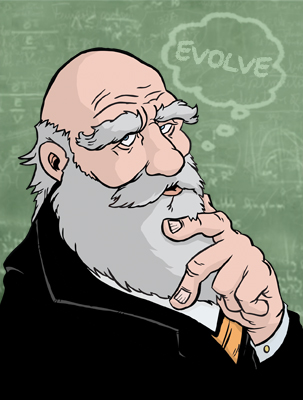Speed Shunting
1996 Darwin Award Winner
Confirmed True by Darwin
(30 September 1996, Finland) In a private rail yard, an engineer and two
crew members were shunting freight cars to their unloading points. The
final task was to dock thirteen loaded timber cars, and one filled with
ammonia. The crewmember to watch was riding on the stepboard of the
ammonia car, holding a handrail for balance. This common practice is
considered safe, since the maximum shunting speed is 5 kph.
Confirmed True by Darwin
However, his next move was anything but safe.
The ammonia car needed to be separated from the timber cars. Following the normal procedure, the train is halted after the switch, and backed to the correct track, where the ammonia car is uncoupled, and then the rest of the train continues on. But the engineer wasn't sure the yard engine could start moving again with the timber, so he decided to leave the ammonia car on the level track after the slope beyond the switch.
He shared this plan with his crew.
The clever crew member riding on the ammonia car realized that the engineer's new plan meant more work for him, so he decided to make it easy on himself, and uncouple the ammonia car while the train was moving -- without informing the others.
To uncouple the car, he performed the following tasks: He moved from the stepboard to the fender and coupler, which have no real foothold, hung from the ammonia car's handrail, and closed its switch valve. Then he hung from the timber car's handrail and closed its switch valve. He disconnected the inter-car brake hose with his foot. Lastly, he disconnected the coupler, uncoupling the cars.
After accomplishing this impressive acrobatic feat, the crewmember still had to stop the ammonia car in the right place. He intended to use the brake valve next to his foot. However, when the inter-car brake hose is disconnected, opening the brake valve results in emergency maximum-strength braking. Although the crewmember was aware of this fact, the strength of the braking apparently surprised him. Since he was clinging precariously to the ammonia car, one foot on the fender and one foot on the brake valve, he was in no position to maintain his balance. He was thrown onto the rail, where the front wheels of the ammonia car ran across his torso, killing him instantly.
The car stopped less than five meters away, 150 meters too early, so his timesaving efforts were for naught.
DarwinAwards.com © 1994 - 2022
Reference: Finnish
Accident Report: FAIB report C11/1996 R,
UNTRANSLATED PDF
|
What Readers Think |
|
Previous
|
